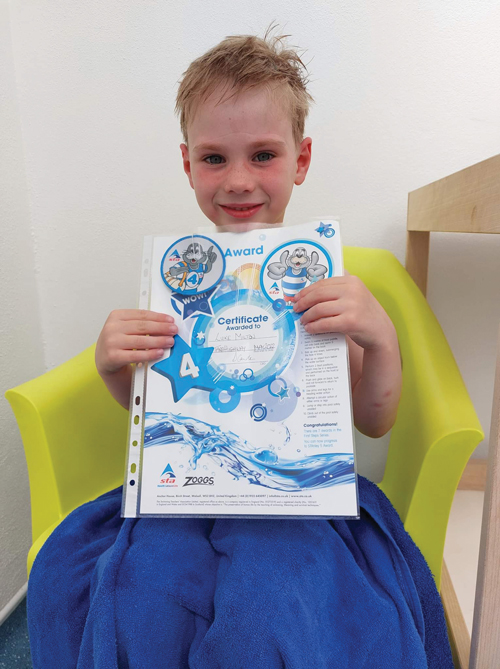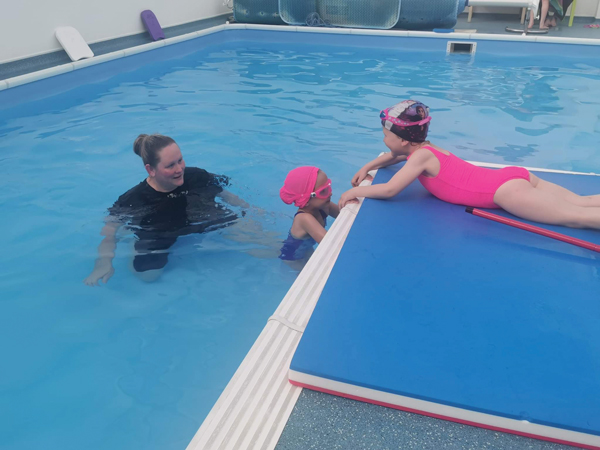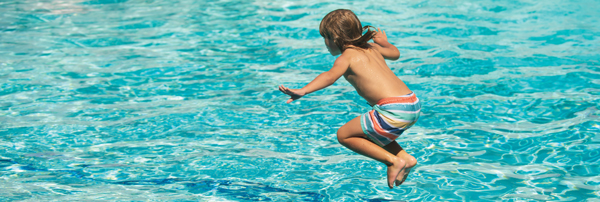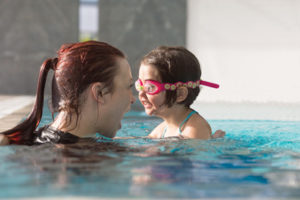
The benefits of swimming for children
As parents, we all want what’s best for our children. We strive to provide them with opportunities that nurture their physical, mental, and emotional wellbeing. One such opportunity that should not be overlooked is swimming. Beyond being a fun recreational activity, swimming offers a wide range of benefits for children that can positively impact their development and overall health.
Physical fitness
Swimming is a full-body workout that engages multiple muscle groups. It helps children develop strength, endurance and flexibility. Regular swimming can contribute to a healthy weight and reduce the risk of childhood obesity – a growing concern in today’s sedentary world.
Cardiovascular health
Swimming gets the heart pumping and the blood flowing, promoting cardiovascular fitness. It helps improve circulation and lung capacity, lowering the risk of heart-related issues later in life.
Co-ordination and motor skills
Swimming requires coordinated movements of arms and legs, enhancing a child’s motor skills and proprioception. These skills are transferable to other activities and can aid in their physical development.
Safety
Teaching your child to swim is a crucial life skill. It equips them with the ability to stay safe around water, potentially preventing accidents and drowning incidents.
Confidence and independence
Learning to swim instills a sense of accomplishment and self-confidence in children. It’s an achievement they can take pride in, boosting their self-esteem. Additionally, as they become proficient swimmers, they gain a level of independence in water-related activities.
Social interaction
Enrolling your child in swimming lessons provides an opportunity for social interaction. They can make new friends, learn teamwork and develop valuable social skills in a supportive and structured environment.
Stress reduction
Swimming is a fantastic stress reliever for children. The soothing sensation of water combined with physical activity can help reduce anxiety and improve overall mood.
Improved sleep
The physical exertion during swimming often leads to better sleep patterns. Children who swim regularly tend to fall asleep faster and enjoy deeper, more restful sleep.
Respiratory health
Swimming encourages controlled breathing, which can be beneficial for children with asthma. It can help improve lung function and reduce the frequency of asthma-related symptoms.
Life-long hobby
Introducing your child to swimming at an early age can foster a life-long love for the sport. Swimming is an activity they can continue to enjoy throughout their lives, promoting a healthy lifestyle well into adulthood.
Academic benefits
Studies have shown that children who engage in regular physical activity, including swimming, tend to perform better academically. Exercise promotes cognitive function and can enhance concentration and problem-solving skills.
Emotional wellbeing
Swimming can also be a soothing and therapeutic activity. It provides children with a sense of freedom and relaxation in the water, helping to alleviate stress and boost their emotional wellbeing.
Incorporating swimming into your child’s routine can be as simple as enrolling them in swimming lessons at a local pool or taking them to swim in natural bodies of water. It’s a versatile activity that can be enjoyed year-round, regardless of the weather.
In conclusion, swimming is not just a fun pastime; it’s a valuable investment in your child’s health and development. From physical fitness to emotional wellbeing, the benefits of swimming are far-reaching. So, encourage your child to take the plunge and discover the joy of swimming, helping them lead a healthier, happier life.







 3. Swimming is a mood booster
3. Swimming is a mood booster 4. Swimming can make your child smarter
4. Swimming can make your child smarter Safety
Safety Meet new friends
Meet new friends









